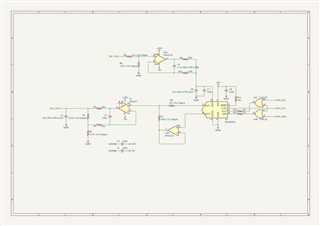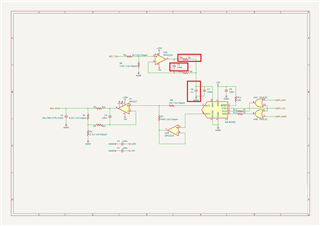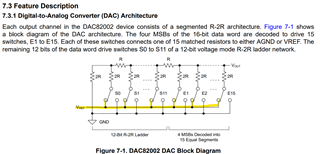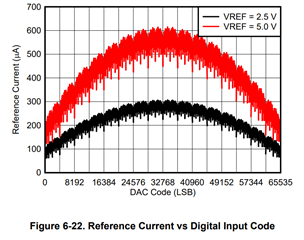Other Parts Discussed in Thread: DAC8830, ADS127L21, OPA2210, OPA227
Tool/software:
In my design, I need two 16-bit DACs. I have been using DAC8830 before, which has excellent noise performance. The new design uses DAC82002 as dual output to save one DAC chip.
But during testing, I found that the output noise of DAC82002 was much higher than that of DAC8830.
My reference voltage(LM399 with good filtering and buffering) has a very low noise of 0.15ppmRMS. It was measured using ADS127L21 with 160000-OSR and sinc3-filter in 16MHz high-speed mode. And I averaged the results 10 times, so the actual data rate is 5sps.
Because my PCB is compatible with both DAC8830 and DAC82002, I have tested them both. When using DAC8830, the output noise is approximately the same as the reference voltage noise, which is also about 0.15ppmRMS. However, when using DAC82002, the output noise increased tenfold to 1.5ppmRMS, I can't figure out the reason.
DAC8830 and DAC82002 are tested whit the same reference voltage and power supply, and even similar PCB layout. The voltage reference is buffered to drive a 10uF X7R capacitor, and the REF pin and VDD pin of the chip are decoupled by a 100nF X7R capacitor. The power supply is 5V for analog circuits, and the ground is an entire plane referenced by the analog circuit. DAC8830 performs well in this design, so I believe my circuit design and PCB layout are fine.
So the question is why DAC82002 exhibits such high output noise, and is it not suitable for such low-noise(several uVs level) design? Or are there any key points in the application design of DAC82002 that I am not clear about?
Best regards.





